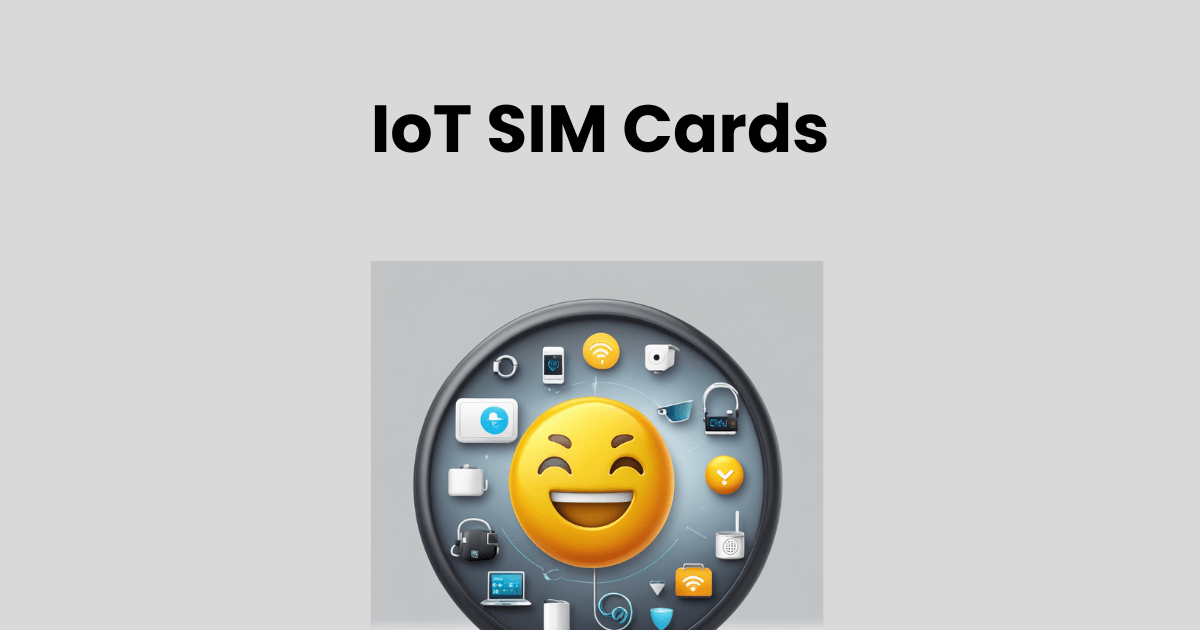In the constantly evolving landscape of technology, the Graphics Processing Unit (GPU) has emerged as a pivotal component of computing hardware. Originally designed to accelerate the creation and rendering of images, video, and animations for computer displays, GPUs have transcended their traditional roles. These specialized electronic circuits have revolutionized not just gaming and graphic design but have also found indispensable applications in complex computational tasks beyond graphics.
A GPU is adept at processing multiple pieces of data simultaneously, making it exceptionally well-suited for algorithms that require parallel processing. This capability has made GPUs an essential tool for a range of applications, from deep learning and artificial intelligence (AI) to scientific research and cryptocurrency mining. Unlike the Central Processing Unit (CPU), which is designed to handle a wide range of tasks but can only process a few streams of data at a time, the GPU excels in handling a vast number of smaller, more simplistic tasks concurrently.
This distinction has not only defined the GPU as a powerhouse for graphical processing but has also underscored its growing importance in today’s data-driven world. As we continue to push the boundaries of what’s possible with modern technology, understanding the role and capabilities of the GPU is more crucial than ever.
GPU and CPU: Working in Sync
The GPU (Graphics Processing Unit) and CPU (Central Processing Unit) work in harmony with computing devices, such as your laptop, to process a wide variety of tasks. The CPU can be thought of as the general brain of the computer, capable of handling multiple tasks and controlling the overall operation of the system. It excels in executing a series of instructions that make up a computer program. Since the GPU comes with numerous cores, is specialized hardware designed to accelerate graphics and video rendering. This graphics technology allows for the smooth display of 3D graphics, virtual reality environments, and real-time 3D graphics. Initially, GPUs were only tasked with basic video output and computer graphics, but their role has dramatically expanded to include machine learning, video editing, and high-performance computing.
Modern computing has seen the differentiation between integrated GPUs (iGPU), which are built into the CPU and share RAM with the processor, and discrete GPUs (dedicated graphics/video cards), which are separate components dedicated solely to graphics rendering. Discrete GPUs are often used in scenarios that demand high performance in 3D rendering or graphics workloads, such as video editing, interactive media, machine learning applications, and virtual reality. On the other hand, integrated graphics are sufficient for everyday use and less demanding graphics applications. Leveraging both types of GPU technology, alongside powerful processors, enables devices to efficiently divide tasks – with the GPU focusing on graphics and video-related tasks, and the CPU handling everything else, thus ensuring a smooth and agile computing experience capable of rendering complex visual content and processing data simultaneously.
GPU vs CPU
The distinction between a Graphics Processing Unit (GPU) and a Central Processing Unit (CPU) lies primarily in their design and function. A CPU is essentially the brain of a computer, responsible for executing instructions from computer programs including basic arithmetic, control, input/output (I/O) operations, and logic operations. It is designed to handle a wide range of tasks but is limited in its ability to perform large numbers of calculations simultaneously. In contrast, a GPU is specifically designed to render graphics and perform complex mathematical calculations required for 3D graphics rendering and video processing. It excels in parallel processing, which allows it to perform thousands of simple tasks concurrently, making it particularly efficient for algorithms that process large blocks of data in parallel.
In terms of application, CPUs are versatile and handle a variety of tasks required for the functioning of a computer, including running the operating system, executing applications, and multitasking. They are optimized for serial processing, which is excellent for tasks that require sequential steps or decisions to be made. On the other hand, GPUs are crucial for gaming, video editing, and increasingly, in the realms of machine learning and data analysis, where their ability to perform parallel processing can dramatically speed up computation. The architecture of a GPU, with its numerous cores, is tailored to efficiently handle multiple operations at the same time, making them highly effective for specific computational tasks that benefit from parallelism.
Overall, while CPUs and GPUs serve different purposes, they are complementary technologies. Modern computing often involves a combination of both, leveraging the general-purpose processing of the CPU along with the specialized, high-throughput computations of the GPU to achieve enhanced performance in a wide range of applications, from daily computing tasks to complex scientific calculations.
Why is Graphics Processing Unit Needed?
In the realm of computing, the Graphics Processing Unit (GPU) has emerged as an indispensable powerhouse for rendering images, animations, and videos on the computer screen. Originally designed to offload the hefty graphics rendering tasks from the main processor (CPU), GPUs have evolved to become highly efficient at processing a multitude of complex calculations simultaneously. This capability makes them particularly suitable for tasks that require parallel processing, where the same operation is carried out simultaneously across many data points. Consequently, GPUs have transcended their initial role and now play a crucial part in various fields beyond graphics rendering, including scientific research, financial modeling, and especially in the burgeoning field of AI and machine learning (ML).
The explosive growth in video games’ complexity and realism is another driver behind the need for more advanced GPUs. Modern video games often feature intricate 3D environments, realistic lighting and shadows, and thousands of objects interacting in real time, necessitating the computational horsepower that only GPUs can provide. Additionally, as virtual reality (VR) and augmented reality (AR) technologies continue to advance, the demand for powerful GPUs to deliver seamless and immersive experiences only increases. Beyond entertainment, professional fields such as architectural visualization, automotive design, and film production also rely on GPU acceleration to create highly detailed models and lifelike simulations.
Here is an interesting video comparison from Nvidia on CPU vs GPU debate:
Finally, the emergence of GPUs as pivotal in cryptocurrency mining underscores their versatility and power. Crypto mining requires solving complex mathematical problems, a task GPUs are exceptionally well-suited for due to their parallel processing capabilities. This has positioned GPUs as a critical resource for those involved in mining activities, further highlighting the broad utility and necessity of GPUs in today’s technology-driven landscape.
Usage in Cryptocurrency Mining
The rise of crypto mining has significantly increased the demand for Graphics processors. Initially designed for rendering graphics in video games, GPUs have found a new purpose in the world of digital currencies. This is primarily because they are exceptionally efficient at performing the kind of parallel processing necessary for mining cryptocurrencies such as Bitcoin, Ethereum, and others. Mining involves validating transactions and adding them to the blockchain ledger, a process that requires solving complex mathematical puzzles. GPUs are ideal for this task due to their ability to quickly perform multiple calculations simultaneously, making them significantly faster and more efficient than traditional Central Processing Units (CPUs) for this specific application.
The efficiency of GPUs in processing large blocks of data simultaneously not only makes them highly suitable for mining operations but also leads to a surge in their demand, often resulting in shortages and increased prices in the consumer market. Cryptocurrency miners seek out high-performance GPUs for their rigs, aiming to maximize their mining output and profitability. This has led to the emergence of specialized mining GPUs designed explicitly for cryptocurrency mining, featuring tweaks that improve power efficiency and cooling to handle continuous, intensive workloads. As cryptocurrencies continue to gain popularity, the role of GPUs in the mining ecosystem remains pivotal, underscoring the evolving relationship between gaming hardware and digital financial technologies.








